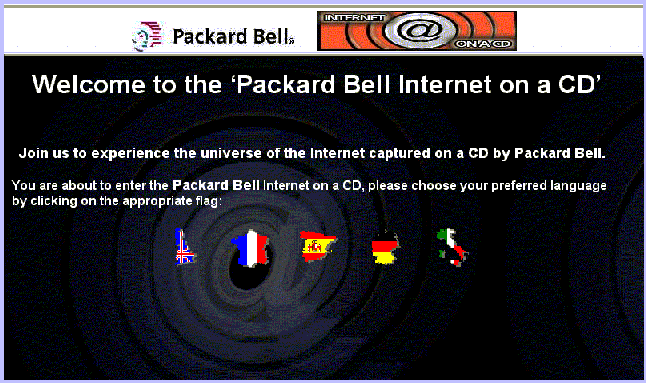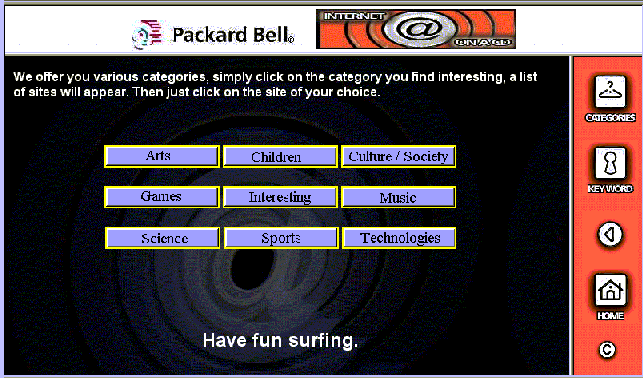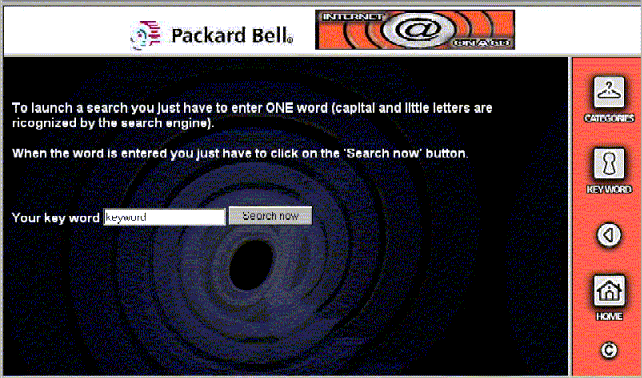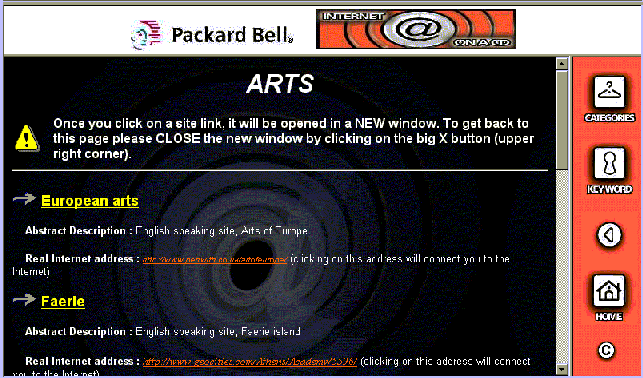How do I ...
What is ...?
| 1. How do I ... start ? |
| 1. What is ... a hyperlink ? |
| 2. How do I ... change my viewing language ? |
| 2. What is ... an U.R.L. ? |
| 3. How do I ... use the toolbar ? |
| 3. What is ... an e-mail ? |
| 4. How do I ... access a site ? |
| 4. What is ... a frames page ? |
| 5. How do I ... use the categories ? |
| 5. What is ... a browser ? |
| 6. How do I ... use the keyword search ? |
| 6. What ... does an Internet address means ? |
| 7. How do I ... reach the real sites ? |
| 7. What is ... H.T.M.L. ? |
| 8. How do I ... quit 'Internet on a CD' ? |
| 8. What is ... a WebSite ? |
| 9. How do I ... close an opened site ? |
| 9. What is ... a WebPage ? |






